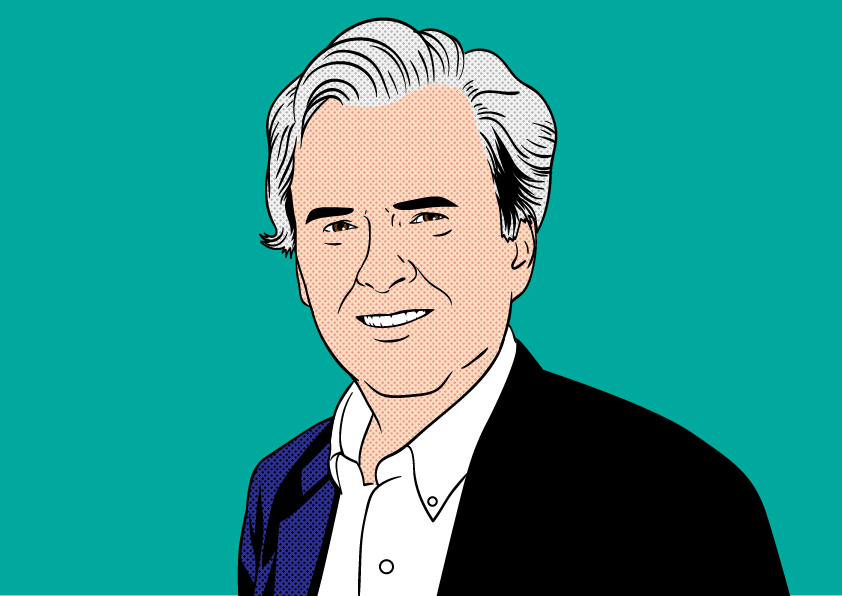The Maskless Wars: In the Air and at Restaurants

By Robert McGarvey
I am still wearing a mask when indoors in public spaces – even though the governor of Arizona, where I live, has issued an executive order that lifted Covid-19 restrictions (such as capacity restraints) on businesses and barred local governments from enforcing most mask mandates. So now ever louder voices are raised insisting that we have a right not to wear a mask – even before the governor’s order a meeting of the Scottsdale school board dissolved into chaos as mask deniers bellowed out their refusals.
A private business can insist on masks but still there are protests that this robs people of their rights.
There is no such right and it is also simply dumb to insist on such a “right.” We are not out of the pandemic yet. As “As long as there is some degree of activity throughout the world, there’s always a danger of variants emerging and diminishing somewhat the effectiveness of our vaccines,” said Anthony Fauci in an interview with the Guardian.
That’s why it is crucial that we still wear masks, certainly in indoor public spaces, and practice social distancing. To fail to take such simple steps is to endanger ourselves and others. It will also slow the recovery of the travel and restaurant sectors.
That is reality.
But I expect the wars to get louder, angrier, more violent.
Especially in the places travelers congregate.
As we begin to travel again we will be on the frontlines of these battles. I am looking forward to travel, but not to these skirmishes.
Even in the skies – where a federal mask mandate remains in place until September – there is increasing anti mask violence. There is no exception for the vaccinated (although many think there is) when it comes to mask wearing on airplanes.
Matters are so heated in the skies that both American and Southwest have halted booze sales in coach, mainly because drunken passengers just are more obstreperous and violent.
Airports, too, are mask required zones – although reports multiply of maskless offenders testing the readiness of authorities to act on the ground. Busses and trains also have many mask refusers.
But transportation isn’t the worst place when it comes to mask issues.
Matters are getting more perilous at restaurants – places not covered by the federal mask mandates and where many governors have been erasing mask requirements. Even Starbucks and Chipotle have dropped their mask requirements wherever they can, saying only the unvaccinated are required to wear masks.
The problem with that – at least going by what I am hearing – is that it is the vaccinated who are still wearing masks indoors. The unvaccinated, taking advantage of the reality that there is no easy way to prove vaccination status (I don’t carry my CDC card and know nobody who does, at least when we are not traveling), are stripping their masks and pretending they have gotten the shots.
They of course are threats to the rest of us and to each other – and, sadly, it is they who will prolong the pandemic even though they often are also pandemic deniers who also deny the 600,000 who have died from the disease just in the US.
Employees in retail naturally have rising concerns as they interact with maskless, unvaccinated customers. Will many quit? That’s a good guess.
One sector where I expect the mask wars to only get hotter in restaurants. For instance, in Mendocino CA, a place called the Fiddleheads Cafe charges diners who wear masks a $5 surcharge. What’s weirder is where this is happening. Biden got two-thirds of the county’s vote in 2020. Mendo is, shall we say, a laid back place. It has long had an anarchic streak, however, and I suppose that’s what is playing out at Fiddleheads.
I get it, too. In restaurants in particular masks are a complication (when to wear it, when not?).
I have eaten in a restaurant exactly once this year and that was on an outdoor patio.
I do not expect to eat indoors at a restaurant this summer. Why? To be a witness to anti mask stupidity? Besides, I am growing fonder of Uber Eats and good food is getting brought to me. I eat it in peace at home.
Will I next cross air travel off my list because of the mask defiers? We will see as the summer plays out.
